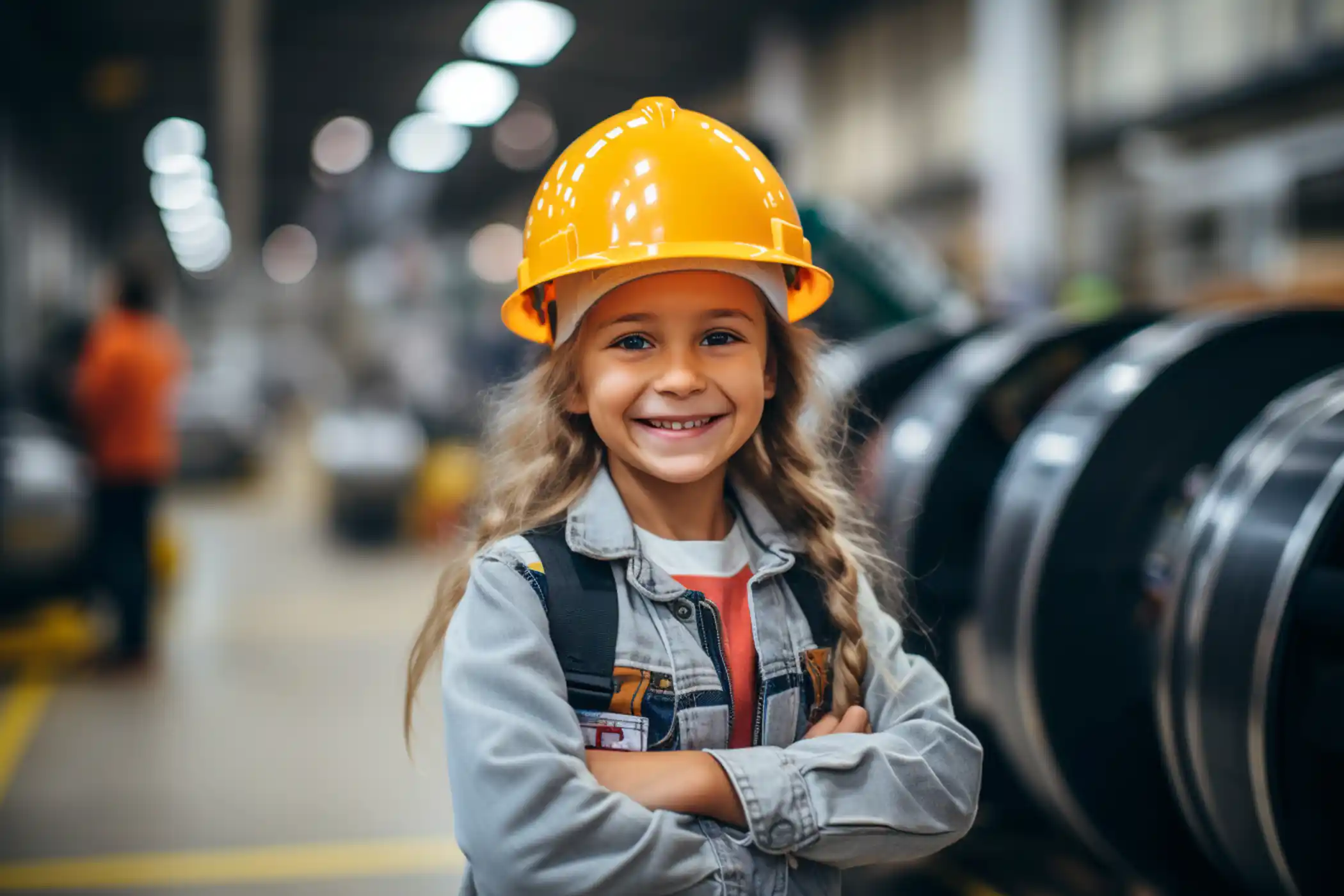High school students are about to step into the real world, one that is bigger and more complex than they can imagine. School trips provide an invaluable opportunity to expose students to a wide array of possibilities, from science and technological fields to artistic expressions and everything in between. The motivation and engagement generated by these experiences, along with the opportunity to navigate new environments independently, contribute to their personal growth and maturity, preparing them for the challenges of higher education and the workforce.
Best School Trips for High School Students
Experience Hands-On Learning at a Fab Lab
A Fabrication Laboratory, also known as a FabLab, is a place to play, to create, to learn, to mentor, to invent: a place for learning and innovation. Equipped with a range of computer-controlled tools spanning different scales and materials, the primary goal is to enable the creation of a wide array of items, challenging the perception of products limited to mass production. While fab labs may not yet rival mass production's economies of scale, they empower individuals, particularly high school students, to craft personalized smart devices that cater to local or individual needs, addressing practical and economic limitations associated with mass production. The fab lab movement aligns closely with the DIY, open-source hardware, maker culture, and free and open-source movements, sharing not only technology but also a philosophy that emphasizes empowerment through hands-on creation and innovation. High school students stand to benefit from visiting fab labs as these spaces provide a unique opportunity to engage with cutting-edge digital fabrication technologies, fostering creativity, and encouraging exploration of practical solutions tailored to their specific interests and needs.
Tour a Food Production Facility
Consider sites where food items are manufactured, including facilities that can fruits or vegetables. Observing the vast amounts of ingredients and the substantial machinery in use is truly captivating. Exploring the daily usage of pounds of sugar or flour for food preparation in such places provides valuable insights. The processes often entail the use of sizable mixers, conveyor belts traversing through ovens, and specialized cooling rooms, creating an engaging and informative experience for high school students. It is beneficial for students to explore food production facilities firsthand, gaining a deep understanding of the complexities involved in large-scale food manufacturing and cultivating an appreciation for the intricacies of the food industry.
Step Inside Your Local Government Building
How many branches of government are there? How does one vote? What is the difference between a parliament and a senate? Government structures can be daunting, even for adults. A visit to a local government building can provide a great opportunity to learn and explore the system behind the way one’s country works. If you’re lucky, you might even get to talk to elected officials and have a more personal experience with the democratic process. A visit to a government building not only enrich civic education but also instills an appreciation for democratic values and the multifaceted role of government in addressing community needs.
Get Physical at an Amusement Park
Amusement parks are great fun, and they’re also a fantastic opportunity to bring the physics class lessons to life. Students can explore math, science, and physics through observation (and riding) of roller coasters and other rides. Amusement park rides are designed with the principles of physics in mind, making the experience both enjoyable and educational. Students can delve into the physics of various rides, such as bumper cars, where Newton's three laws of motion come to life as collisions showcase inertia, mass, and equal and opposite reactions. The carousel provides insight into centripetal force, illustrating how a platform acts as the force keeping riders in circular motion. Free fall rides demonstrate potential and kinetic energy transformations as motors build potential energy, which converts to kinetic energy during the descent. Roller coasters, in particular, encapsulate the amalgamation of laws, forces, and energies, showcasing the interplay of gravity, inertia, potential, and kinetic energy. Such experiences not only make physics tangible but also provide a unique context for understanding and applying scientific principles, making a visit to an amusement park an exciting and educational endeavor for high school students
Explore a Science Museum
It is one thing to experience the joy of a science museum as a child, but a completely different one to experience it as a young adult with a better grasp of how things work. Science museums provide a dynamic and immersive learning environment that enhances their understanding of scientific concepts taught in the classroom. They offer hands-on exhibits and interactive displays that make abstract theories tangible and engaging, fostering a deeper appreciation for various branches of science. These experiences not only reinforce classroom learning but also spark curiosity and critical thinking skills. These school trips encourage collaboration, inquiry-based learning, and the development of a scientific mindset, ultimately inspiring students to pursue further studies or careers in STEM fields.